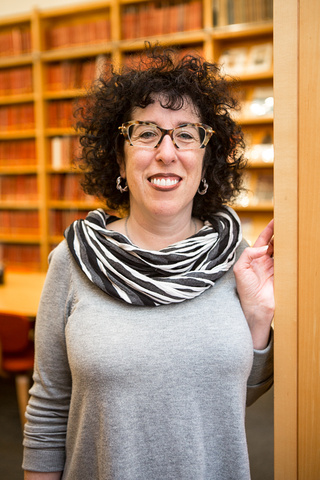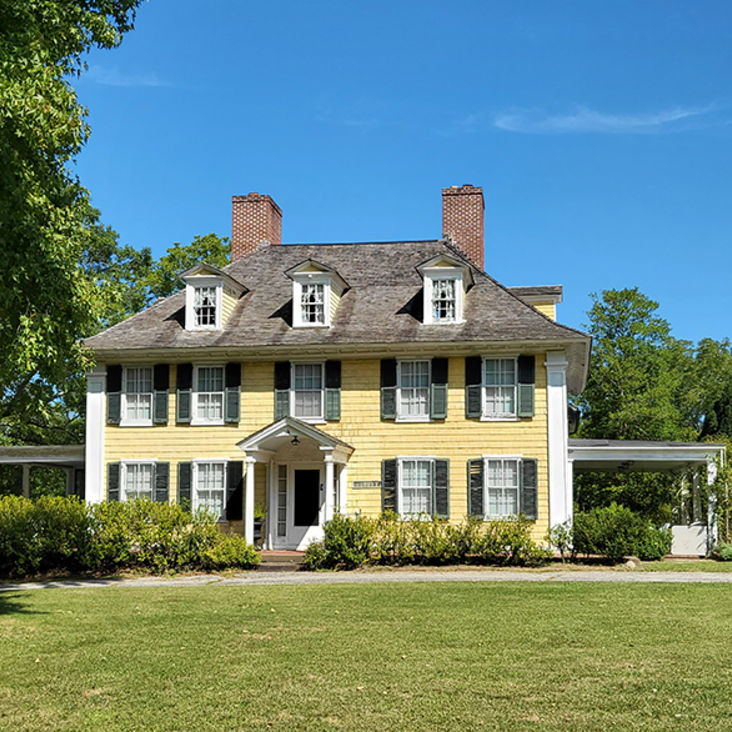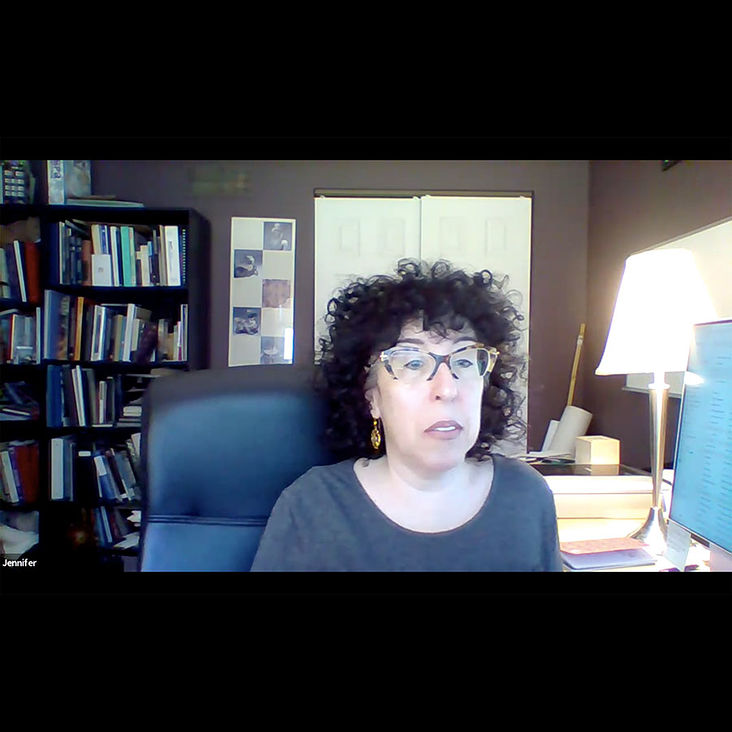My research program is centered on understanding the materials chemistry of cultural heritage and how this chemistry affects an object’s visual and functional properties over time. Our perception of antiquities, works of decorative art, the built environment, and sacred objects depends on the chemical and physical structures of their surfaces. These surfaces evolve over time, in ways that can make some objects more desirable, but many more less so, to the point of their original functions being obscured. My recent work in this area has included studies on the alteration of cadmium and arsenic pigments in paintings and painted furniture, including Edvard Munch’s c. 1910 version of The Scream.
The concept of an acceptable patina or even an acceptable intervention has evolved dramatically over centuries, and meaningful study of culturally significant objects can best occur with an understanding of this history. A knowledge of the degradation and intervention histories of cultural heritage objects allows us to “reverse engineer” these objects revealing how they were made, how they were understood and treated by preceding generations, and how we should approach their future care. Specific areas of my research program include central European porcelain, vert antique furniture finishes, Pablo Picasso’s canvas re-use in his Blue Period, and the patinas of copper alloys from antiquity to 19th century architectural ornament.
Patricia A. Favero, Jennifer L. Mass, John K. Delaney, Arthur R. Woll, Alyssa M. Hull, Kathryn A. Dooley, and Adam C. Finnefrock, “Reflectance imaging spectroscopy and synchrotron radiation X-ray fluorescence mapping used in a technical study of The Blue Room by Pablo Picasso,” Heritage Science, 2017, 5:13.
Jennifer Mass, Erich Uffelman, Barbara Buckley, Inger Grimstad, Anna Vila, Jorgen Wadum, Victoria Andrews, Lindsay Burns, Samuel Florescu, Alyssa Hull “pXRF and IR Fluorescence Imaging Studies of CdS Alteration in Paintings by Edvard Munch and Henri Matisse in Oslo, Copenhagen, and San Francisco,” Proceedings, ICOM-CC Joint Working Group Meeting (Painting and Scientific Research Working Groups), The Non-Invasive Analysis of Painted Surfaces: Scientific Impact and Conservation Practice (Smithsonian Institute Press, 2016), pp. 53-64.
Jennifer Mass, Emeline Pouyet, Marine Cotte, Florian Meirer, Apurva Mehta, Erich Uffelman, Unn Plahter, Inger Barbara Grimstad, Barbara Buckley, Alyssa Hull, Jonathan Church, Robert Opila, “Cadmium Yellow Degradation Mechanisms in Henri Matisse’s Le Bonheur de vivre (1905-1906) Compared to the Munch Museum’s The Scream (c. 1910) Part 1: Chemical Speciation as a Function of Depth,” Public Paintings by Edvard Munch and His Contemporaries, Change and Conservation Challenges, Munch 150 Conference Proceedings (Archetype Press, 2015), pp. 294-307.
Jennifer Mass, Erich Uffelman, Barbara Buckley, Unn Plahter, Inger Grimstad, Samuel A. Florescu, Alyssa M. Hull, Victoria M. Andrews, Lindsay N. Burns, “Cadmium Yellow Degradation Mechanisms in Henri Matisse’s Le Bonheur de vivre (1905-1906) Compared to the Munch Museum’s The Scream (c. 1910): Fluorescence Imaging and Chemical Speciation as a Function of Depth Part 2: Fluorescence Imaging,” Public Paintings by Edvard Munch and His Contemporaries, Change and Conservation Challenges, Munch 150 Conference Proceedings (Archetype Press, 2015), pp. 308-324.
K. Keune, J. Mass, A. Mehta, J. Church, F. Meirer, “Analytical Imaging Studies of the Migration of Degraded Orpiment, Realgar, and Emerald Green Pigments in Historic Paintings and Related Conservation Issues,” Heritage Science, v4 n1, 2016, 12:21.
K. Keune, J. Mass, F. Meirer, C. Pottash, A. van Loon, A. Hull, J. Church, E. Pouyet, M. Cotte, A. Mehta, “Tracking the Transfomration and Transport of Arsenic Sulfide Pigments in Paints: Synchrotron-based X-Ray Micro-Analyses”, Journal of Analytical Atomic Spectrometry, March 2015, 30, 813-827.
Nicholas Zumbulyadis and Jennifer Mass, “Der Hausmaler F. J. Ferner, seine Genossen und Nachahmer; Eine flächenübergreifende Studie in Kunstgeschichte und Chemie” Keramos, 2015, 229 pp. 3-38.



